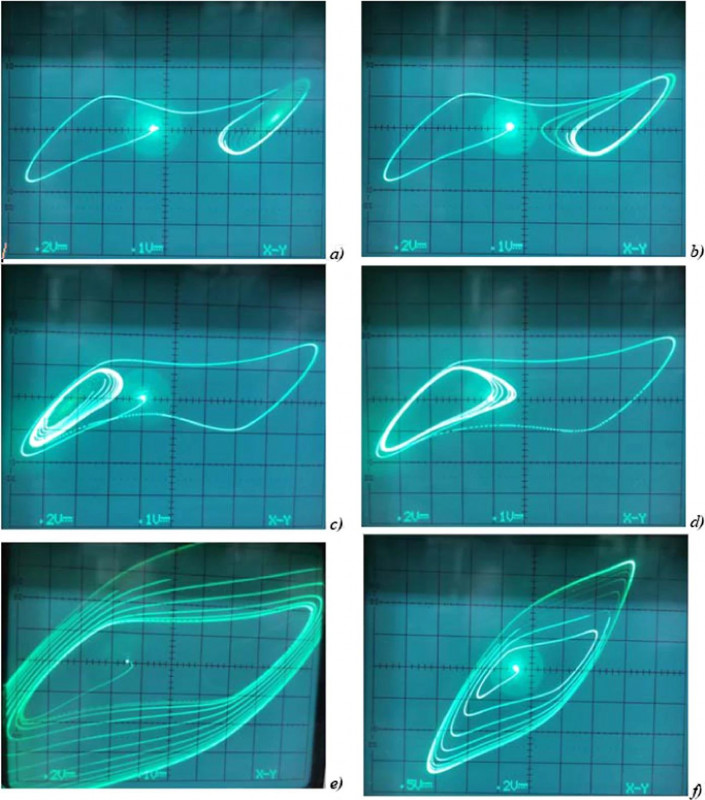In the course of radiophysical experiments, the existence of hidden attractors has been proved
In this work, the staff members of the St. Petersburg State University (St. Petersburg), of the Institute of Problems of Machine Science of the Russian Academy of Sciences (St. Petersburg), of the regional branch of the V. A. Kotelnikov Institute of Radio Engineering and Electronics of the Russian Academy of Sciences (Saratov), of the Saratov State Technical University named after Yu. A. Gagarin (Saratov) together with foreign colleagues, among whom is Leon Chua, a professor of the Department of Electrical Engineering and Computer Science of the University of California at Berkeley, developed an experimental technique using which they put an end to the question of the existence of hidden attractors in a real radiophysical experiment.
For this purpose, a special electronic circuit was created, complementing the Chua circuit and allowing to regulate the initial conditions of its operation.

Hidden chaotic attractors on the oscilloscope screen. The glowing dot is the initial state. A source: Kuznetsov et al. / Nonlinear Dynamics, 2022
Previously, hidden chaotic attractors could not be detected just because the system was launched naturally from the equilibrium region, but now the authors have shifted it somewhat. So, by feeding special signals to the input of the electrical circuit, the scientists were able to observe on the oscilloscope screen the attraction of the state of the circuit to the hidden attractor. At the same time, without additional impact, the system remained in the vicinity of the equilibrium state.

Photo of the experimental installation. A source: Kuznetsov et al. / Nonlinear Dynamics, 2022

The head of works Nikolay Kuznetsov with all co-authors of the article; experimental installation. Source: Nikolay Kuznetsov
«This work continues the development of the theory of hidden oscillations, which has opened up a number of fundamentally new possibilities for determining the boundaries of stability and identifying undesirable oscillations to prevent man-made disasters. In the future, we plan to develop methods of the theory of hidden oscillations and to apply them in control of modern navigation systems, power supply systems for electric locomotives and promising hybrid aircrafts with electric motors», tells Nikolay Kuznetsov, the head of the project supported by the RSF grant, Doctor of Physical and Mathematical Sciences, RAS Corresponding Member, Head of the Leading School of the Russian Federation in the field of mathematics and mechanics, Head of the Department of Applied Cybernetics of St. Petersburg State University, Head of the Laboratory of Information and Control Systems of IPMash RAS.
The results of the work are published on the pages of the journal Nonlinear Dynamics, with the support of the RSF grant 22-11-00172.

